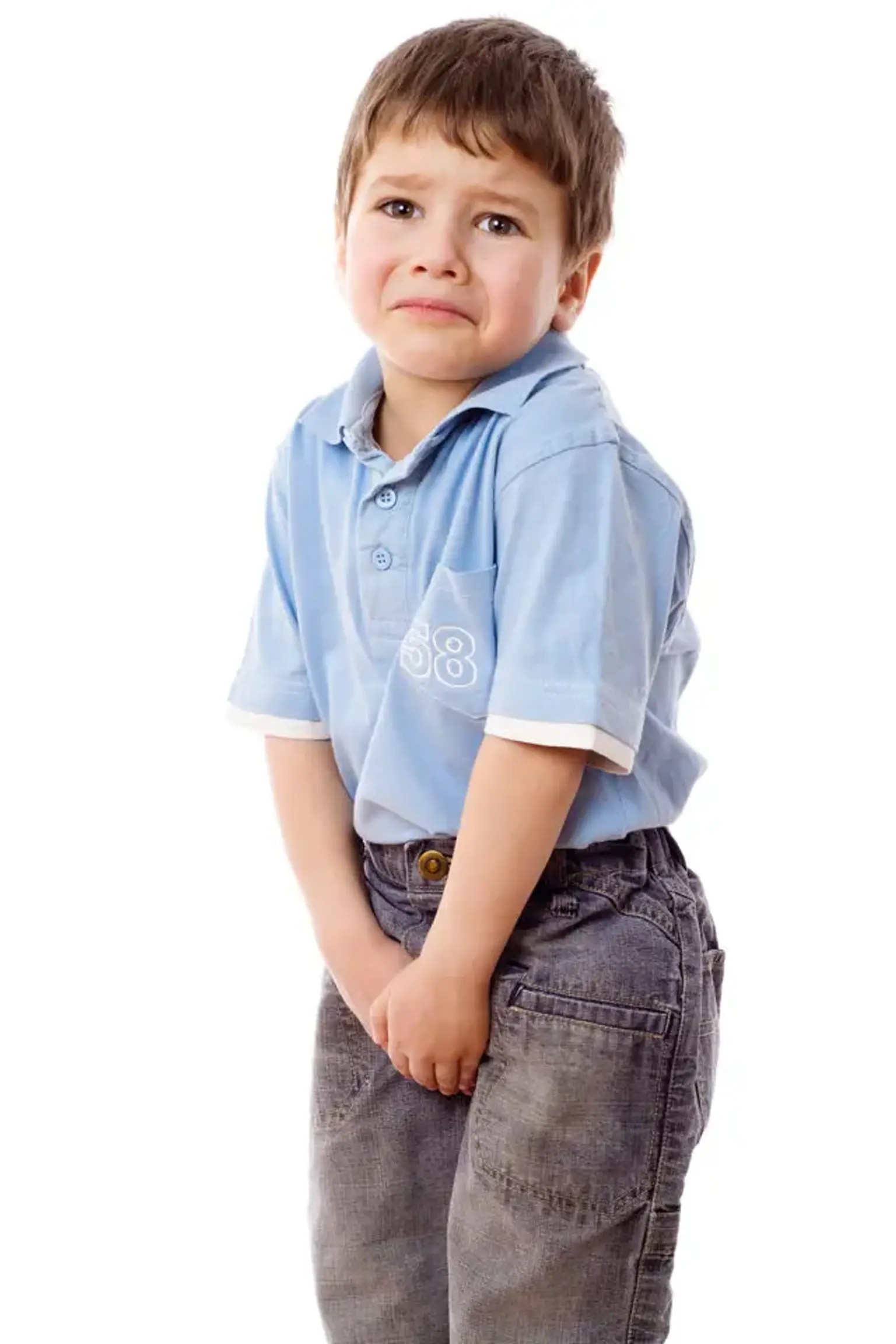Neurogenic bladder
Overview
Pediatric neurogenic bladder is a bladder malfunction in children caused by central nervous system injury.
The muscles and nerves of the urinary system work together to deliver information from the brain to the bladder in most children and adults. However, these connections can be disrupted by a developmental malformation, a physical injury to the nervous system, or another defect; when this occurs, a child may have incomplete bladder emptying or incontinence caused by neurogenic bladder. Other possible complications include kidney or bladder stones.
Neurogenic bladder can be caused by any disease that disrupts bladder and bladder outlet afferent and efferent signals. The central nervous system (e.g., spinal injury, meningomyelocele) and peripheral nerves (e.g., vitamin B12 deficient neuropathies; herniated disks; pelvic surgical damage) may be involved in the causes. Bladder outlet obstruction (e.g., fecal impaction or urethral strictures) frequently coexists and can aggravate symptoms.
